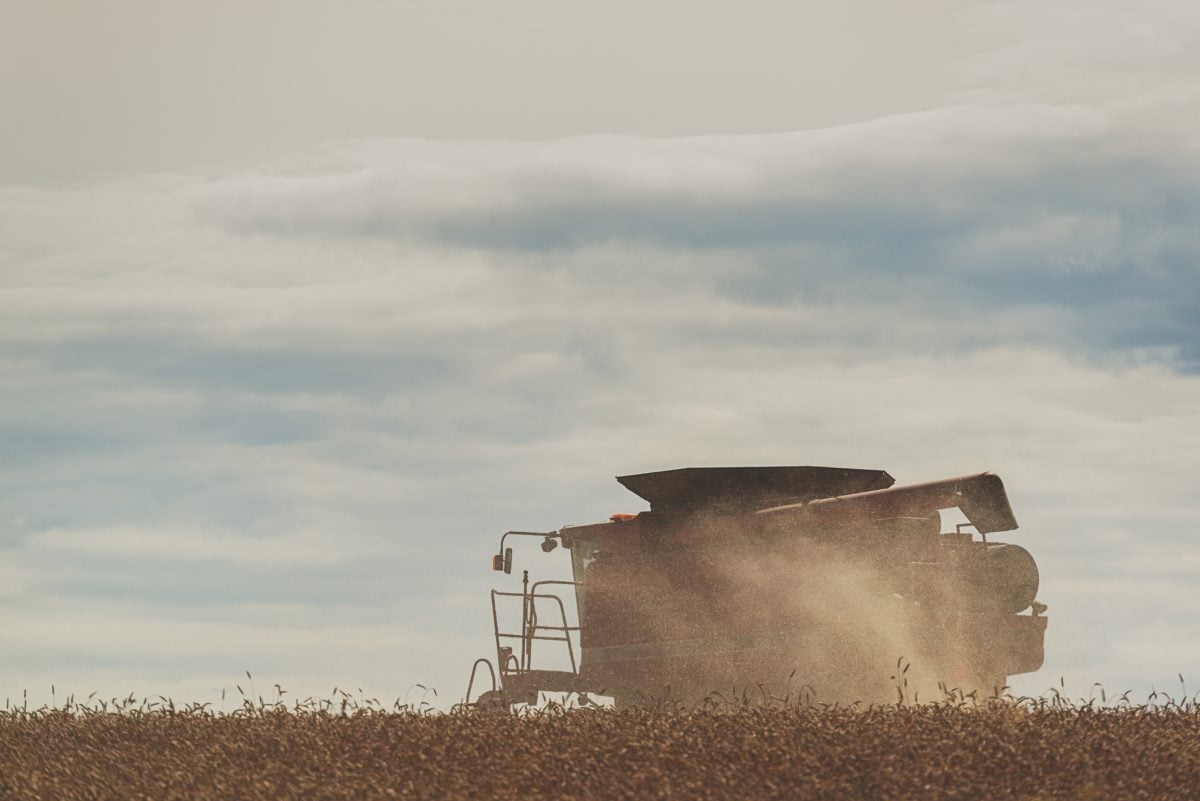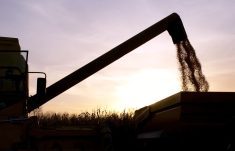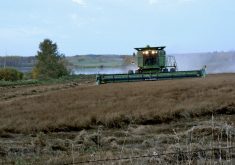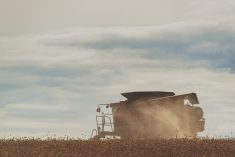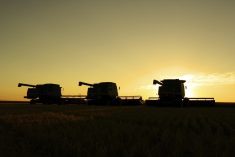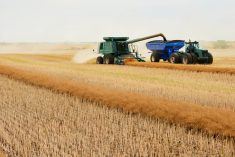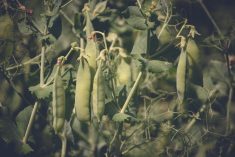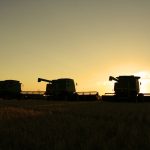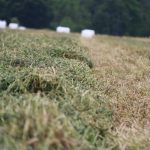Glacier FarmMedia — Heavy rainfall from Oct. 3 to 5 in much of Manitoba did not halt the province’s harvest during the week ended Oct. 6.
Manitoba’s harvest advanced by 14 points to 86 per cent complete, said the province’s weekly crop report. Spring wheat was 99 per cent finished while barley and oats were 98 per cent. The canola harvest moved up to 92 per cent done while dry beans were at 90 per cent and potatoes were at 84 per cent. The soybean and silage corn harvests were at 69 per cent finished, with corn for grain at eight per cent.
Read Also
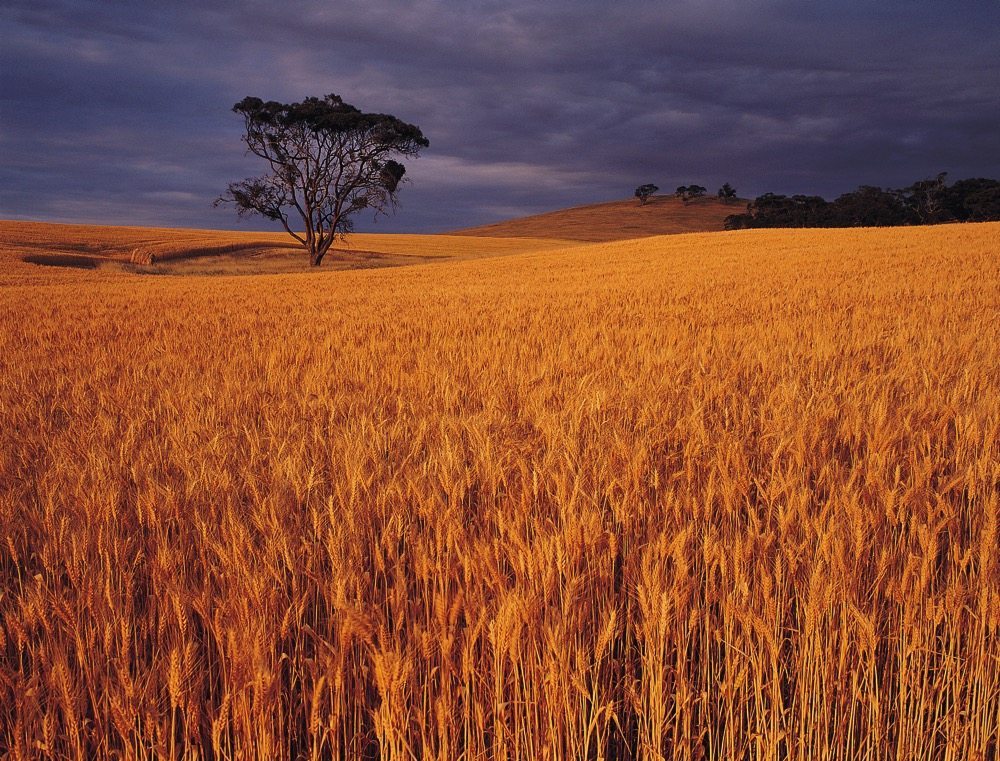
USDA predicts more wheat in Australia, smaller crops elsewhere
Australia will grow more wheat in 2025/26 than earlier expectations, but production will likely be down on the year in Turkey and Kazakhstan, according to several attaché reports released by the United States Department of Agriculture on Nov. 20, as it continues to catch up following the federal government shutdown.
The central, eastern and Interlake regions received heavy precipitation and winds gusting to 80 kilometres per hour. Sprague Lake in the eastern region received the most rain at 70.7 millimetres. However, there were a handful of locations that received less than one mm. Precipitation accumulations since May 1 were below 60 per cent of normal in the Interlake and parts of the northwest, while parts of the southwest and central regions received more than 100 per cent.
Spring wheat yields averaged 60 bushels per acre, with some yields reported to be 70 to 90 bu./ac. Quality was mostly good, but fields with delayed harvest due to wet conditions saw their wheat downgraded to feed. Oat yields ranged from 110 to 130 bu./ac., while barley yields were 65 to 110. Most corn for grain reached maturity as harvest began.
Canola yields ranged from 30 to 70 bu./ac. with an average of 45. Both flax and sunflowers were desiccated with the latter in the R8 and R9 development stages. Soybean yields ranged from 30 to 55 bu./ac.
Corn silage harvests have begun with average to above-average yields reported in most areas.
Some pastures remain in very good condition but producers are already providing supplementary feed for livestock. Producers are also considering late cuts of alfalfa as weather permits, particularly in areas that received frost damage.
Cattle were in excellent condition and remain on fall grazing pastures, hayland and harvested crop fields. Producers have started weaning and cattle are heading into markets being sold at very good prices. Most producers secured winter feed, but those in very dry areas are sourcing feed from elsewhere. Manure is starting to be spread out onto fields.

